We put the Honor MagicBook View 14 (2022) through our rigorous DXOMARK Laptop test suite to measure its performance both at sound, camera and display.
In this review, we will break down how it fared in a variety of tests and several common use cases.
Overview
Key specifications include (as given by the manufacturer):
- Physical specs : 307.51×227.56×16.9mm
- Display : 14.2”, 2560×1680, 400 nits, 100% sRGB, 90Hz, touch
- Audio : Dual speaker Nahimic, Dual Microphone
- Webcam : 1080P
Scoring
Use-case and feature subscores included in the calculations of the global score
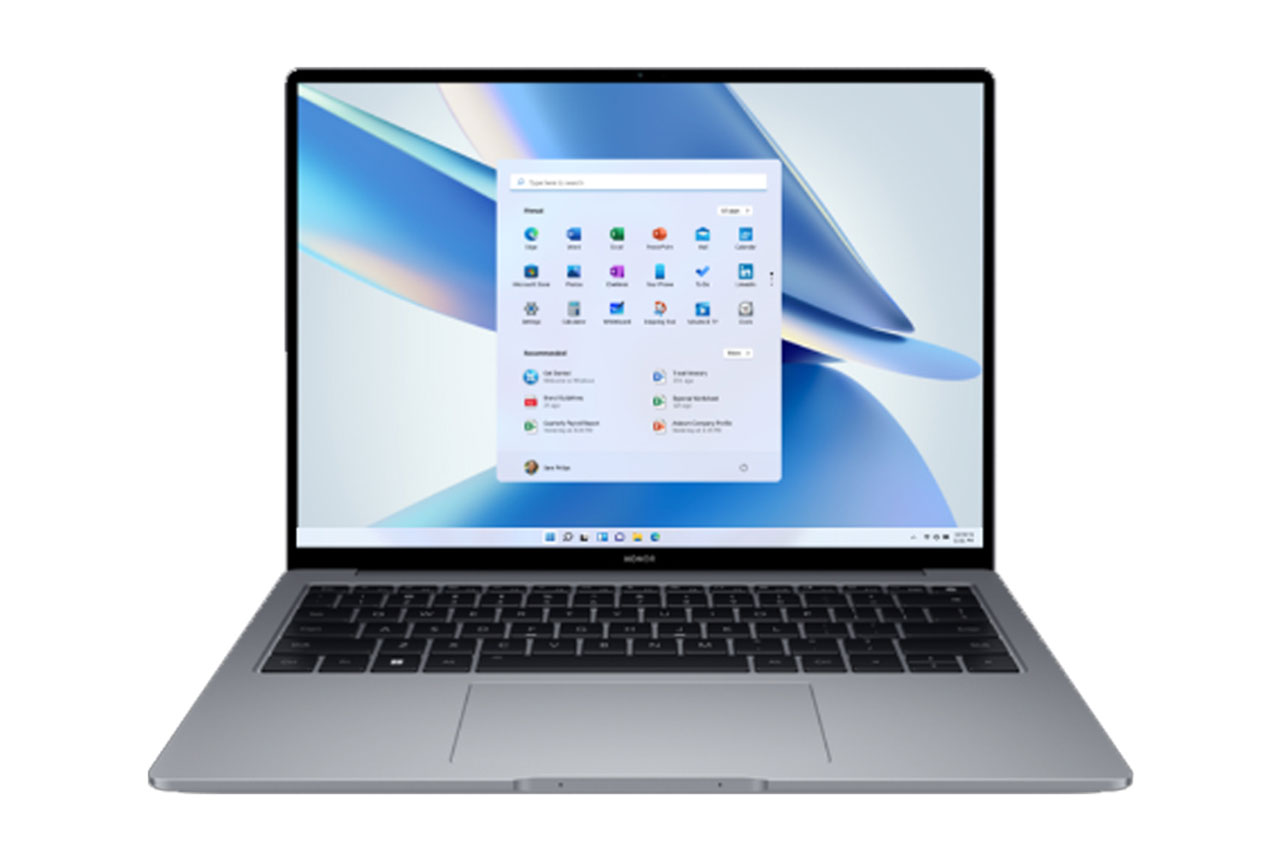
Honor MagicBook View 14 (2022)
Pros
- Good rendering of voices in playback
- Good directivity of voices in capture, managing to attenuate side voices
- Excellent SDR performance with accurate color rendering, excellent coverage of sRGB and excellent gamma
- Very good brightness range, with a minimum brightness particularly optimized for watching contents in low light environments
- Sharp and precise attack in audio playback
Cons
- In video call, camera showing low level of details and poor color rendering affected by color casts
- Very aggressive noise reduction algorithm in capture,affecting voice intelligibility
- Well-tuned minimum brightness
- High reflectance, particularly impactful in backlit situations
- Muffled playback at medium volumes
- Slightly aggressive high mid-range at loud volumes
Although the Honor MagicBook View 14 (2002) landed in the lower half of our laptop rankings, it is almost two times less expensive than most laptops tested. Still, it provided a very good experience in multimedia, with very faithful SDR reproduction and good overall audio playback, making it an excellent price/performance choice if consuming media content is its principal use.
Test summary
About DXOMARK Laptop tests: For scoring and analysis in our laptop reviews, DXOMARK engineers perform a variety of objective tests and undertake more than 20 hours of perceptual evaluations under controlled lab conditions and real-life scenarios.
(For more details about the Laptop protocol, click here.)
The following section gathers key elements of our exhaustive tests and analyses performed in DXOMARK laboratories. Detailed performance evaluations under the form of reports are available upon request. Do not hesitate to contact us.
Video Call
Honor MagicBook View 14 (2022)
144
DXOMARK's Video call use case is a score that evaluates how a device handles video calls and videoconferencing in multiple conditions. This score focuses on the camera performance and the capture and playback rendering of voices. Read more about how we test the use cases of Video call score here.
The video call experience was particularly hampered by poor camera performance, as the camera’s low level of detail resulted in low-resolution images in all conditions. Color rendering was also poor in most tested conditions and affected by color casts. The Honor device’s noise reduction tuning came across as very aggressive: while it removed most background noise, it heavily affected voice intelligibility. Capture showed good directivity, however, and voice playback was well-rendered.
Camera
Honor MagicBook View 14 (2022)
135
The following chart presents the camera subscores for the video call use case:
The following graphs show the objective measurements performed in our camera labs:
Audio
Honor MagicBook View 14 (2022)
144
The following chart presents the capture subscores for the video call use case:
The following graphs show the frequency response, distortion and directivity in capture, recorded in our semi-anechoic room:
Music & Video
Honor MagicBook View 14 (2022)
154
DXOMARK's Video and Music use case score evaluates the capability of a device to reproduce multimedia usages such as videos, movies and music playback in indoor conditions. This score focuses on the display performance and audio-playback rendering. Read more about how we test this use case here.
The MagicBook 14 achieved a top-level SDR performance, with very accurate color rendition, excellent coverage of sRGB, and excellent gamma. Its maximum brightness of 424 nits was brighter than specified, and minimum brightness was well-tuned. Its reflectance was somewhat high, however, creating disturbing reflections in backlit situations. While audio playback was a bit muffled at medium volumes, the MagicBook showed good overall tonal balance. At loud volumes, the device’s low-midrange focus disappeared, but high-midrange became a bit aggressive. Attacks stayed sharp and precise.
Display
Honor MagicBook View 14 (2022)
156
The following chart presents the display subscores for the multimedia use case:
The following graphs show the objective measurements performed in our display lab:
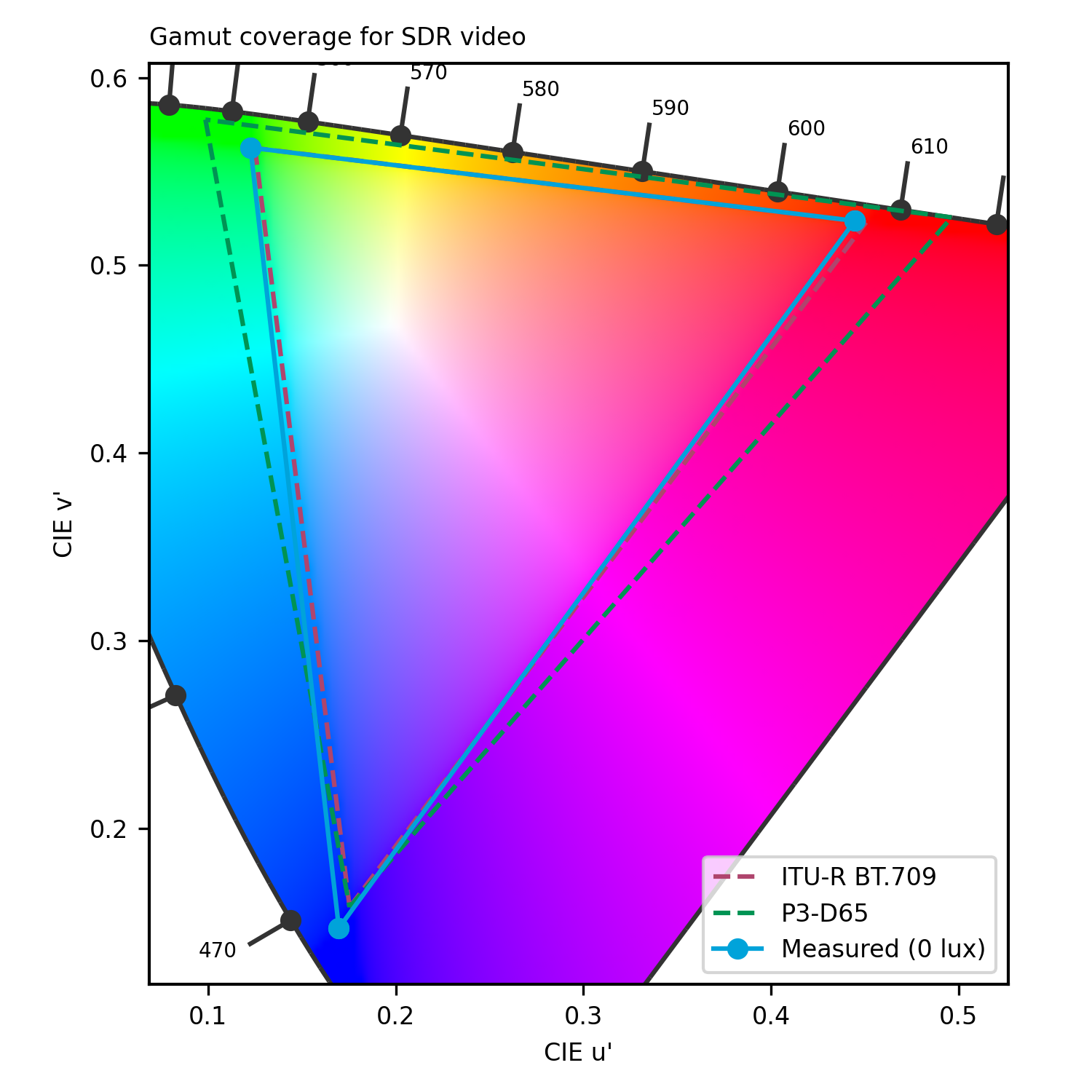
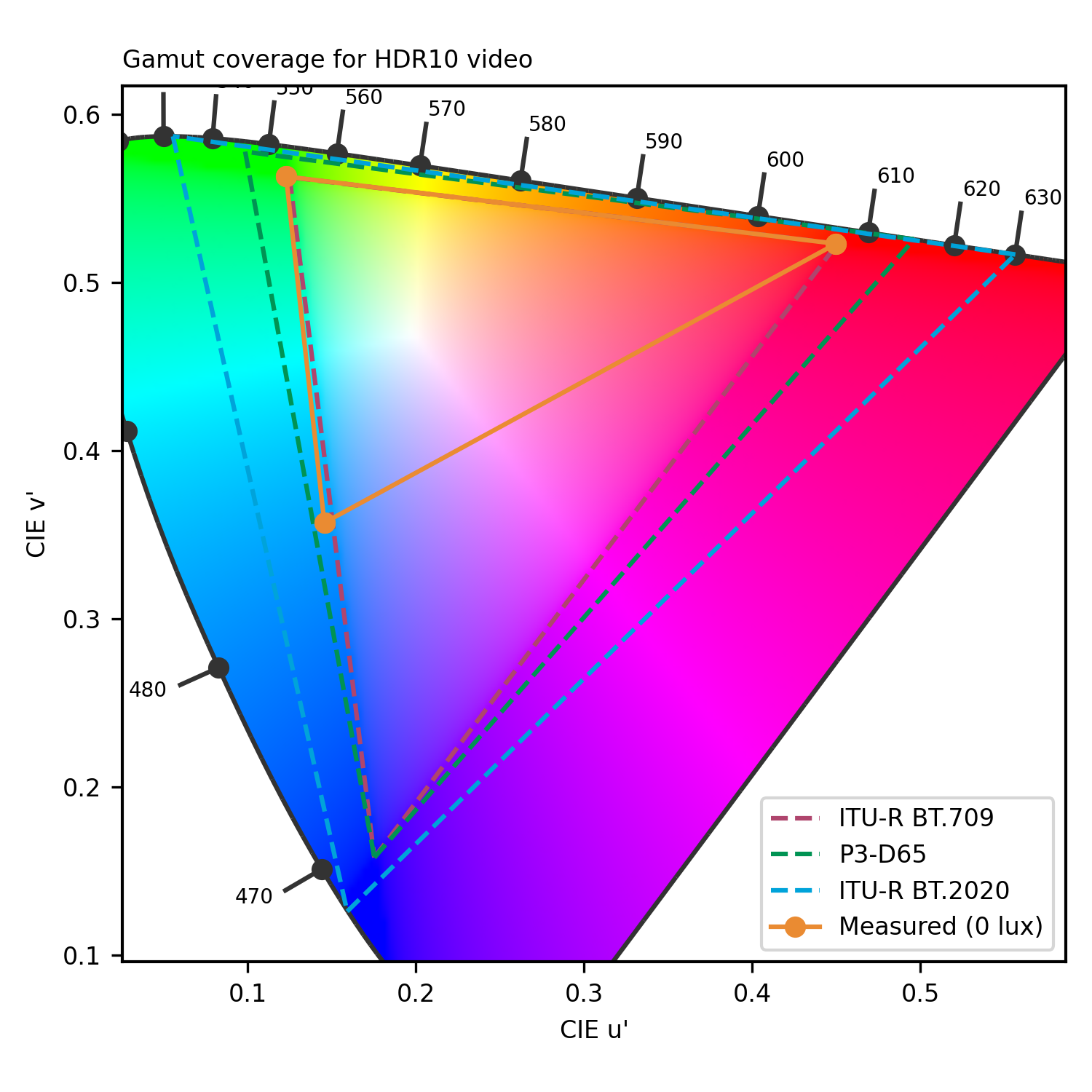
cd/m²
cd/m²
cd/m²
cd/m²
cd/m²
cd/m²
cd/m²
cd/m²
cd/m²
 Distribution of brightness (min)
Distribution of brightness (min)
cd/m²
cd/m²
cd/m²
cd/m²
cd/m²
cd/m²
cd/m²
cd/m²
cd/m²
 Distribution of brightness (max)
Distribution of brightness (max)
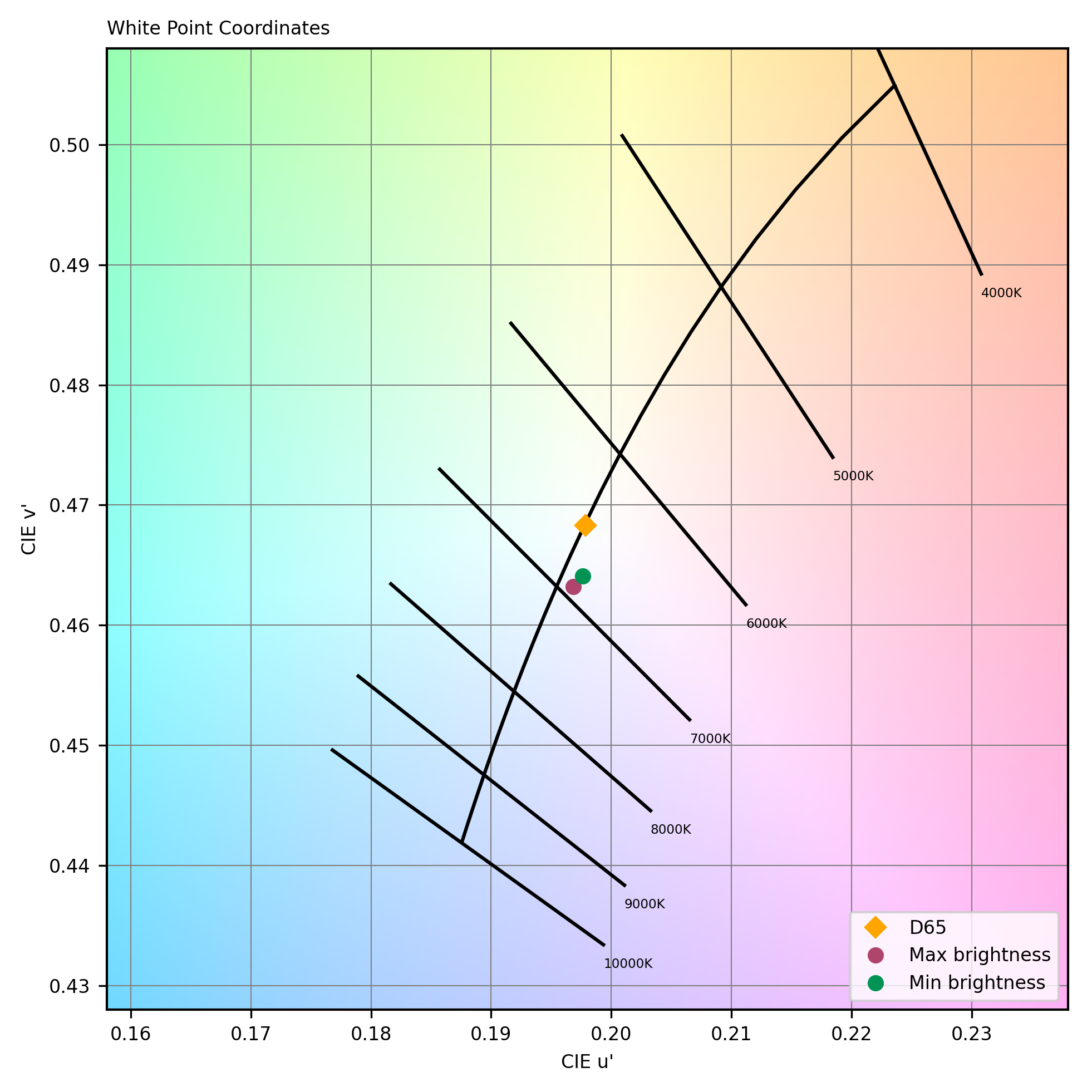
Audio
Honor MagicBook View 14 (2022)
152
The following chart presents the playback for the multimedia use case:
The following graphs show the frequency response, distortion and directivity in multimedia playback, recorded in our semi-anechoic room:


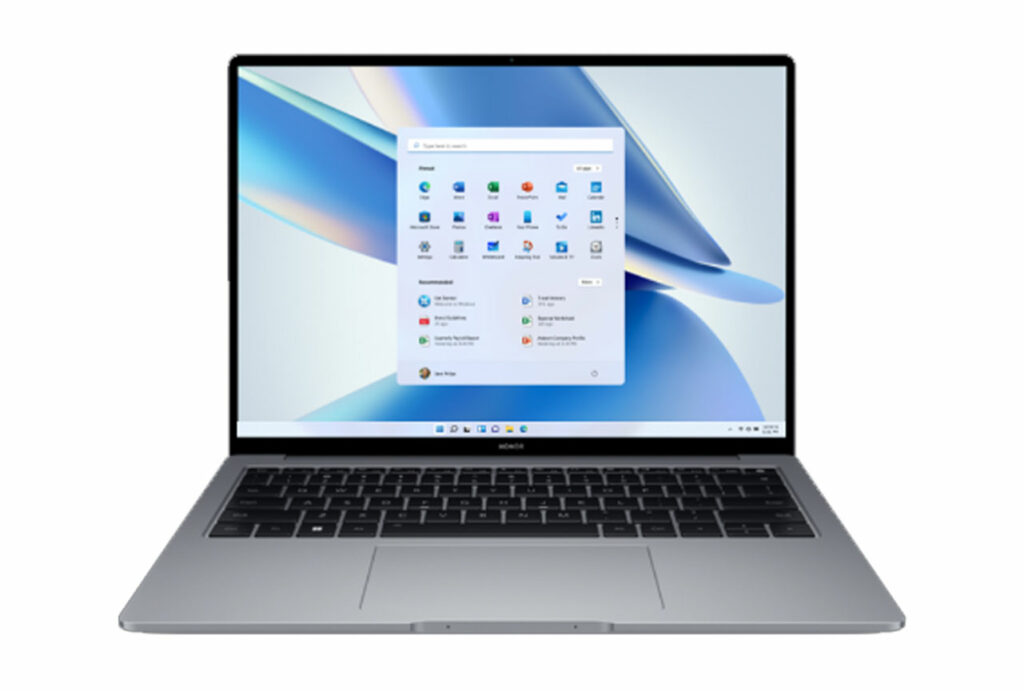


DXOMARK encourages its readers to share comments on the articles. To read or post comments, Disqus cookies are required. Change your Cookies Preferences and read more about our Comment Policy.